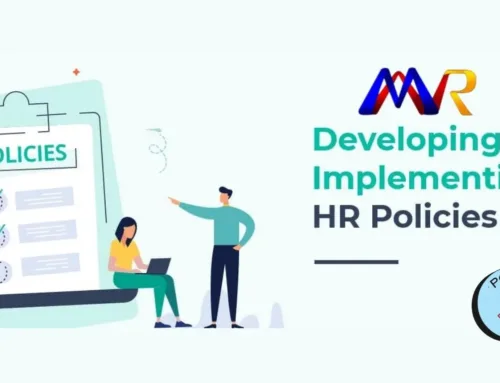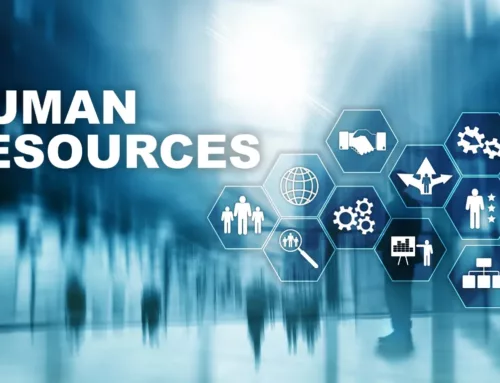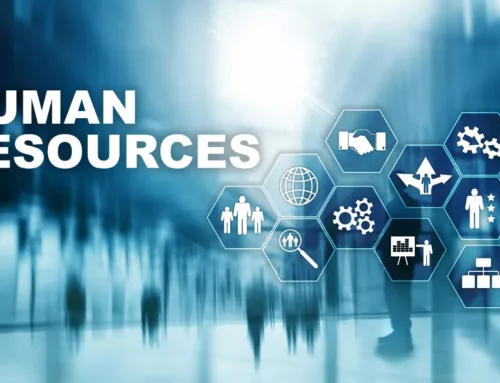The global talent shortage is expected to see more IHRM endeavors in the future. Interestingly, 45% of firms report they have been unable to find the right kind of talent they are seeking. As a result, it is expected that these firms could seek new talent overseas based on the global digital transformation. In such circumstances, HR professionals need to be well-versed in the concepts of international human resource management.
IHRM is important in any organization that has to manage employees in cross-border business contexts. International human resource management is a concept that entails staffing, developing, and sustaining employees in global places. This blog is intended to shed light on more information on IHRM, its goals, and its measures.
Definition: International Human Resource Management

Definition of International Human Resource Management
International human resource management is defined as the administration of ensuring, establishing, and remunerating human resources in multinational organizations. IHRM refers to the managerial approaches for handling human resources and the challenges and issues arising from the globalization of business.
This means that international HRM is involved in hiring and selection, education and development, performance tracking and evaluation, and more.
What is the model of IHRM?

Human Resource Management
The actions, procedures, and roles that multinational corporations utilize for global operations to recruit, train, and manage their human resources are all part of the IHRM paradigm.
It entails overseeing staff members for three organizations:
Employees in the parent nation
Parent-country employees are those who work in the nation where the company was first established. For instance, suppose an Indian employee works in India for a corporation with its headquarters and roots.
Employees in the host nation
Workers who are based in the nation where the company’s subsidiary is situated, such as an Indian who is a resident and employee of another nation (an NRI).
Employees from third countries
Workers who are recruited at the company’s headquarters or subsidiaries but are not citizens of the mother or host nation. For instance, hiring an American as CEO or in any other capacity in one of the subsidiaries run by a German multinational corporation with its corporate office located in America. The American works for a third country. In such a case, Expat Hiring Staffing would be helpful.
Objectives of International Human Resource Management

Objectives of International Human Resource Management
The management of human resources across these national boundaries is highly important for global companies. It involves addressing many issues, for instance, recruiting foreign employees, undertaking employees of different cultures, and searching for qualified candidates in the world.
- It improves the technical proficiency, organizational knowledge, and managerial capabilities of HR managers and staff.
- To become more adept at managing international corporate operations,
- To oversee and protect workers’ performance, pay, and career paths;
- To oversee and plan a program of language instruction and cross-cultural counselling;
- To provide a more workable comprehension of global work methods,
- To improve and create new and improved human resource performance management;
- To acquire an increasing number of opportunities in the global HR system;
- To create more effective and successful HR strategies in the context of global competition,
- To lessen disparities in culture as much as possible while maintaining the cultural context.
Best Practices for Effective International Human Resource Management (IHRM)
Global HR Strategy
A well-thought-out global HR strategy provides the fundamental framework of IHRM. This strategic approach should align with the organization’s overall business priorities and must take into account factors such as international operations.
A solid Human Resource Planning (HRP) incorporates the following components when developed on an international level:
- Alignment with Business Goals: Ensure that the HR objectives align with the rest of the organization’s objectives. For example, if the firm has a strategic plan to penetrate new markets, the organization’s HRM strategy should support the hiring of employees fluent in such markets.
- Localization: Standardize the management of HR practices while at the same time adapting to the cultural requirements of the country. This may include changing the process of recruitment, the remuneration systems, and appraisal measures to fit different national cultures and laws.
- Global Talent Management: Coordinate talent management at all locations through the management of staff recruitment and selection, training, and promotion policies. This includes the development of pools of global talent, supply management for talent, and leadership development frameworks.
Promote Equality
Diversity is one of the key foundations of an effective international staff. Moreover, an organization that is welcoming to different people will be more appealing to talent and will also benefit from the outcomes associated with diversity and inclusiveness. Here are ways to observe inclusiveness:
- Diversity Training: Continuously give out diversity and inclusion training so that people can understand the culture, prejudice, and manners of being inclusive. This helps create tolerance and harmony in the workplace.
- Employee Resource Groups (ERGs): Sustain ERGs for the help and connection of employees with the same or similar rendezvous. These groups can also be used to provide insights into the enhancement of workplace diversity.
- Inclusive Policies: Create and implement policies that support equal opportunity and nondiscrimination. This includes policies on employment, advancement, and demeanour at the workplace.
Leverage technology
Technology is a driving force in IHRM as it enhances the global workforce management. This is how to harness the best of this technology.
- HR Management Systems (HRMS): Get or adopt sophisticated technology in HRMS that enables the effective disposition of HR activities like payroll, benefits, and performance. Employer-friendly solutions with the likes of Workday, SAP SuccessFactors, and Oracle HCM Cloud provide everything an organization needs to manage a global workforce.
- Data Analytics: Use statistics to determine trends in the workforce and accomplishments of the employee, as well as attrition rates. In this case, predictive analytics can aid in the early detection of problems and arriving at some conclusions.
- Collaboration Tools: Use collaboration tools such as Slack, Microsoft Teams, and Zoom to enhance communication and increase cooperation with remote and global teams. These tools assist in closing the geographical gap and guarantee operations’ continuity.
Focus on employee well-being
Staff satisfaction is important for increasing employee morale and, thus, organizational productivity. The IHRM practices require efforts to manage the physical, psychological, and emotional health of employees, regardless of the operating country.
- Work-Life Balance: Encourage flexibility for employees as one of the key well-being approaches by allowing them to work from home or work during different hours. This is especially true if the employees are from different time zones around the world; hence, they need to be able to work over the Internet.
- Well-being Programs: It is necessary to offer a diverse range of well-being programs that include mental health, fitness activities, and access to counselling. All of these programs must be culturally appropriate and easily available to employees.
- Safe Work Environment: Make sure all the sites observe the local laws on health and safety measures. Maintain workplace measures and continue reviewing them to avoid instances of work-related drawbacks and protect employees.
Continuous Learning and Development
To create a competent pool of talented employees, organization’s should embrace a culture of learning and training. The following tactics can help promote continuous learning:
- Training Programs: Speaking of the type of training, one should establish and provide a wide range of courses that will suit the learners according to their preferences and requirements. This may comprise internet courses, workshops, and training that are conducted in the workplace.
- Career Development Plans: Develop career map templates for the employees in the organization, which will map the professional advancement plan and furnish the employee with all the tools that he or she may require to advance in his or her career.
- Cross-Cultural Training: Under the training and development plan, incorporate cross-cultural training as an approach to improving employee performance in global environments.
Wrap-up
For companies that have grown and established themselves beyond borders, IHRM is essential. International human resource management is not only about enhancing levels of job satisfaction and employee turnover rates but also about the success and sustainability of organization’s within the global context.
Opt for MNR Solutions, a renowned international recruitment company and management consultant. We have a wealth of experience in delivering first-rate staffing services for your international business.





